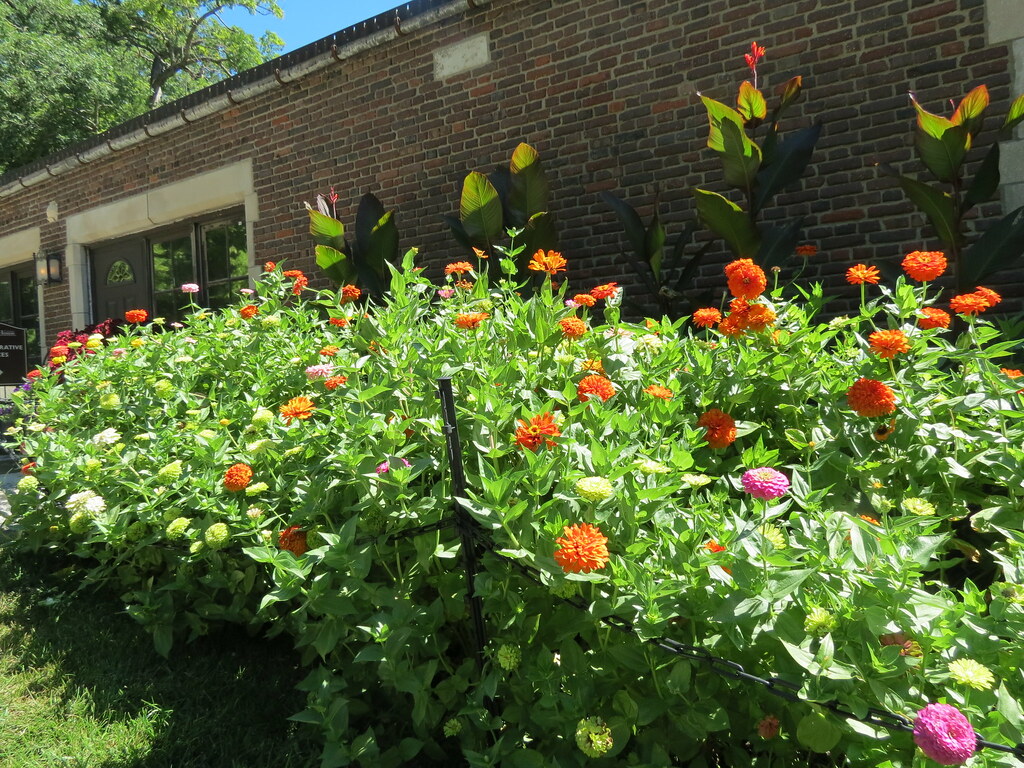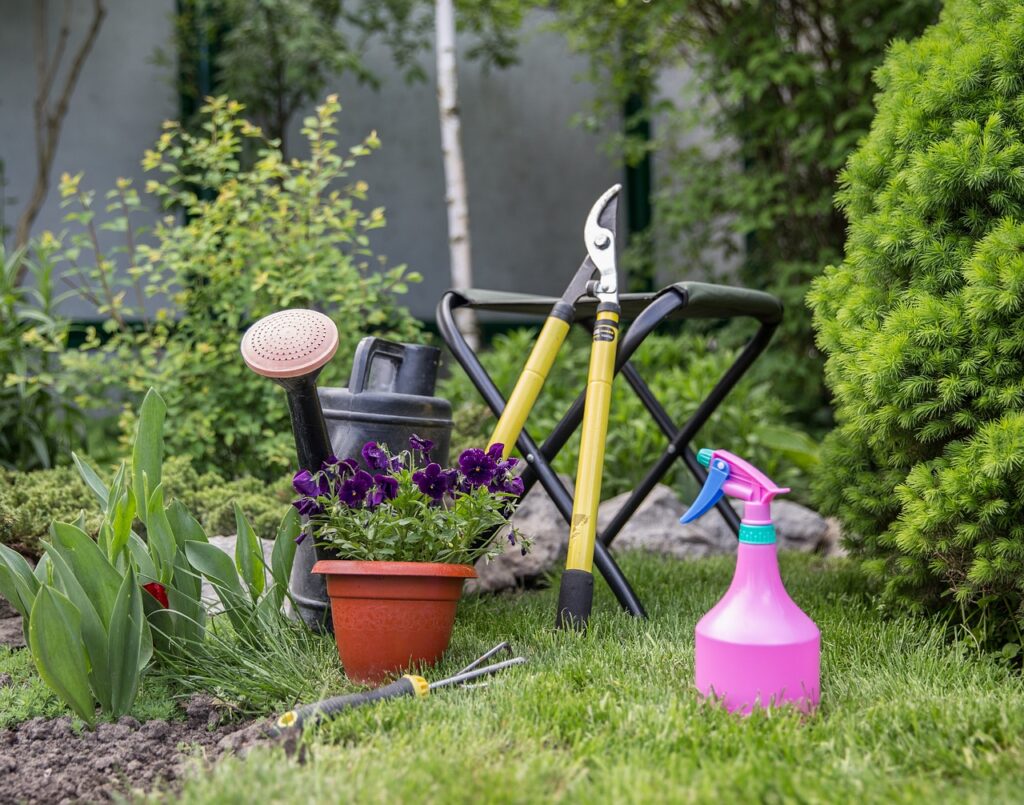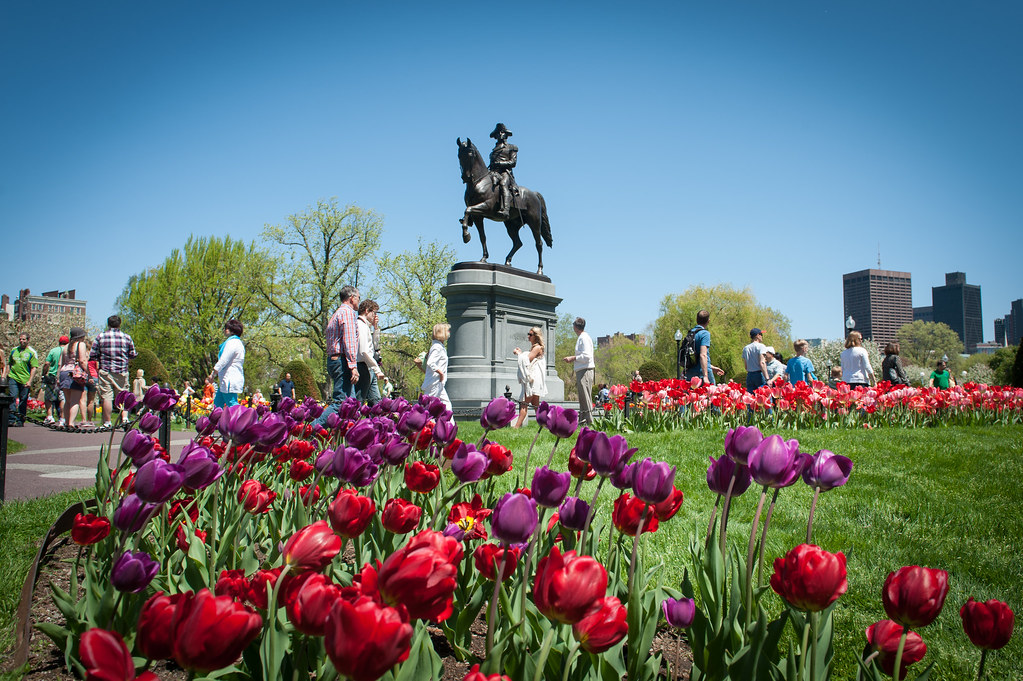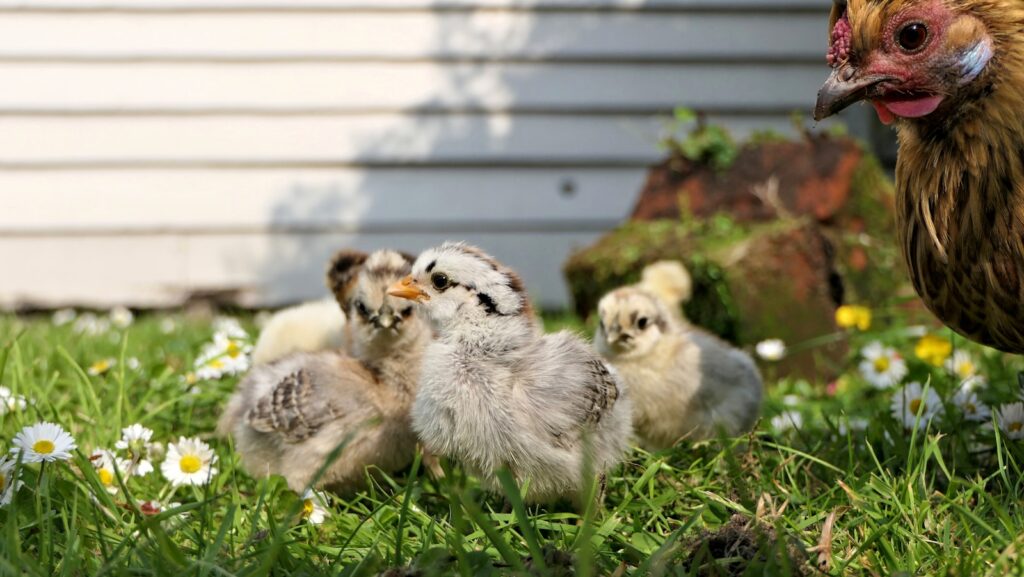There’s a unique kind of magic in watching something grow from a tiny seed into a flourishing plant. It’s a journey of patience, care, and sometimes, a bit of luck. For those of us who have ventured into the realm of gardening, the experience can be as rewarding as it is challenging. My own foray into this world began with a mix of curiosity and determination, and it has since blossomed into a passion that I never knew I had.
Let me take you back to the beginning, to the days when my hands were cleaner, my knees less stained, and my knowledge of gardening was as barren as the patch of land I was about to transform. The soil was sandy, the kind that would form a crust when left undisturbed, and it was far from the fertile loam that I had envisioned in my dreams of lush vegetable patches. But as any seasoned gardener will tell you, the soil is just the starting point, not the endpoint.
I had been told not to disturb the plants during their first year, to let them find their footing without interference. The advice was sound, but it came with the promise of future toil. As soon as the season ended, I was to begin the process of working organic matter into the soil, a task that could not be undertaken lightly. The pictures I had shared of my garden’s humble beginnings had sparked conversations about nutrition and the need for soil testing, but from afar, it was difficult to diagnose with certainty. The consensus, however, was clear: organic matter was the key to a thriving garden.
I learned the importance of fertilization, of giving the plants the nutrients they needed to grow strong and healthy. A granular fertilizer became my go-to before planting, followed by a weekly dose of liquid fertilizer once the plants had established themselves. It wasn’t organic gardening by any means, but it was a start, a way to ensure that my plants had the sustenance they needed to survive.
Watering, too, became a science of its own. In the warm, dry climate I was working with, it was crucial to soak the ground thoroughly, to encourage the roots to grow deep into the soil. A shallow watering would only lead to shallow roots, and in a dry climate, that was a recipe for disaster. The plants needed a sturdy root system to process the ground nutrients effectively, and that meant getting the watering just right.
As I navigated the trials and tribulations of my first gardening season, I found myself reflecting on the person I had been just a few years prior. The 38-year-old me, who stumbled home in the early hours of the morning, would have scoffed at the notion of finding joy in the garden. But life has a way of changing us, of steering us down paths we never expected to walk. A job loss, a chronic illness diagnosis, and a global pandemic later, I found myself transformed, my priorities shifted in ways I could never have imagined.

The decision to grow vegetables was, in many ways, a product of the times. With the world in lockdown, my partner and I, like so many others, turned to our garden for solace and purpose. We planted a variety of vegetables, from chillies and peppers to courgettes and sweetcorn, and the results were as varied as the plants themselves. Some thrived, while others struggled, but the act of growing them was a learning experience in itself.
One of the first lessons I learned was that things will grow, sometimes against all odds. The soil may be poor, the conditions less than ideal, but with patience and persistence, you can coax life from the earth. It’s a lesson that’s as much about gardening as it is about life itself.
But with the joy of growth came the unsolicited advice, the well-meaning suggestions that often missed the mark. Gardening is a deeply personal endeavor, shaped by the unique conditions of your environment. What works for one gardener may not work for another, and that’s okay. I found solace in the wisdom of my next-door neighbor, a seasoned vegetable grower who understood the local climate and soil. Her guidance, along with the insights of a few local Instagram gardeners, became my compass in the garden.
As I delved deeper into the world of gardening, I became acutely aware of the elements that were out of my control. Frost, for instance, became a concern I had never before considered. The weather, once a mere backdrop to my daily commute, now dictated the fate of my tender plants. And pests, those inevitable visitors to any garden, required a strategy of their own. From slugs to birds, each posed a threat to my burgeoning vegetables, and I learned to navigate these challenges with a mix of natural deterrents and acceptance.

The journey from novice to green thumb was filled with surprises, from the relentless productivity of courgette plants to the realization that not every vegetable is worth the effort. Some, like broccoli, demanded more space and time than I could afford, while others, like rocket and mange tout, rewarded me with their low maintenance and bountiful harvests.
As I sit here now, reflecting on the past year and looking ahead to the next growing season, I am filled with a sense of anticipation. The garden has become more than just a place to grow food; it has become a sanctuary, a teacher, and a source of endless wonder. The lessons I have learned, the challenges I have overcome, and the joy I have found in the simple act of nurturing life from the soil are treasures that I will carry with me long into the future.
To those of you who are considering embarking on your own gardening adventure, I say this: start where you are, with what you have. You don’t need much to begin, just a bit of space, some seeds, and the willingness to learn. The rest will come with time, with each season bringing its own set of lessons and rewards. Whether you’re planting in pots or in the ground, whether you’re growing flowers or vegetables, the act of gardening is an act of hope, a testament to the resilience of life and the enduring power of growth. So go ahead, plant that first seed, and watch as your garden, and perhaps even yourself, blossoms into something beautiful.
Gardening Tips and Tricks: From Soil to Seedlings
Gardening is an art that requires patience, a bit of knowledge, and a willingness to get your hands dirty. As someone who has recently discovered the joys of nurturing plants from seed to harvest, I can attest to the transformative power of growing your own vegetables. It’s a journey that begins with understanding the basics of soil and ends with the satisfaction of eating something you’ve grown yourself. So, let’s dive into some gardening tips and tricks that can help you turn your patch of earth into a verdant oasis.
Let’s talk about soil. It’s the foundation of your garden, the bedrock upon which all your plants will thrive or wither. As I’ve learned, even sandy soil can form a crust and may seem inhospitable at first. But don’t be discouraged! The addition of organic matter can work wonders. Compost, well-rotted manure, or leaf mold can significantly improve the structure and fertility of your soil. By incorporating these materials, you’re not just feeding your plants, you’re also nurturing the myriad of microorganisms that help keep the soil healthy.
Balanced fertilization is crucial. Before planting, I’ve found that a 12-12-12 granular fertilizer gives a good boost of nutrition. However, it’s important to remember that gardening isn’t just about feeding the plants; it’s about creating a sustainable ecosystem. Therefore, once the plants are established, consider switching to a liquid fertilizer that can be applied weekly during the growing season. This will help your plants get the nutrients they need without overwhelming them or the soil.
Watering is key in gardening, especially in hot, dry climates. It’s not enough to simply wet the surface; you need to soak the ground to encourage deep root growth. A deep and sturdy root system allows plants to access nutrients and moisture even during dry spells. To achieve this, water less frequently but more deeply, and consider using mulch to retain moisture and regulate soil temperature.
Mulching is a practice I highly recommend for the next growing season. It helps conserve water, suppresses weeds, and can even add nutrients back into the soil as it breaks down. Organic mulches like straw, wood chips, or grass clippings are excellent choices. They not only protect the soil but also create a habitat for beneficial insects and worms.
Let’s address the elephant in the room: pests. They are an inevitable part of gardening, but there are ways to manage them without resorting to harsh chemicals. Physical barriers like netting can protect your plants from birds and butterflies. For slugs, try using copper strips or wool pellets as natural deterrents. And always keep an eye out for natural predators like ladybugs and lacewings, which can help keep pest populations in check.
Choose plants that match the climate and soil. Don’t be afraid to experiment, but also be mindful of the space each plant needs. For example, while courgettes are prolific producers, they can take up a lot of room. On the other hand, plants like rocket and mange tout are great for beginners due to their low maintenance and continuous yield.
Supporting plants requires stakes, cages, and trellises. They not only keep your garden organized but also help prevent diseases by improving air circulation around the plants. For vining plants like runner beans, cucumbers, and tomatoes, providing a structure to climb will result in healthier plants and potentially higher yields.
Not all veggies are worth the effort, depending on your situation. Broccoli, for instance, requires a long growing season and a fair amount of space. It might be more practical to focus on vegetables that have a shorter growing cycle and are more space-efficient. Conversely, some plants, like rocket and mange tout, are incredibly rewarding and will keep producing as long as you keep harvesting.
Don’t forget about the aesthetic and educational aspects of gardening. Growing flowers alongside vegetables can attract pollinators and add beauty to your garden. And there’s something truly special about witnessing the lifecycle of a plant, from the first sprout to the final fruit. It’s a reminder of the wonders of nature and the satisfaction that comes from cultivating life with your own hands.
Gardening is a journey of discovery, filled with both challenges and rewards. It’s a way to connect with the earth, to learn about the intricacies of nature, and to find peace in the rhythm of planting and harvesting. Whether you’re a seasoned gardener or a beginner, every season is an opportunity to grow, not just plants, but also as a person. So embrace the dirt, celebrate the successes, learn from the failures, and enjoy the simple pleasure of watching your garden grow.
Related posts:
What I Learned From My First Year Of Vegetable Growing
Vegetable Gardening for Beginners: The Complete Guide
My First Vegetable Garden – If I Plant it, it Will Grow





